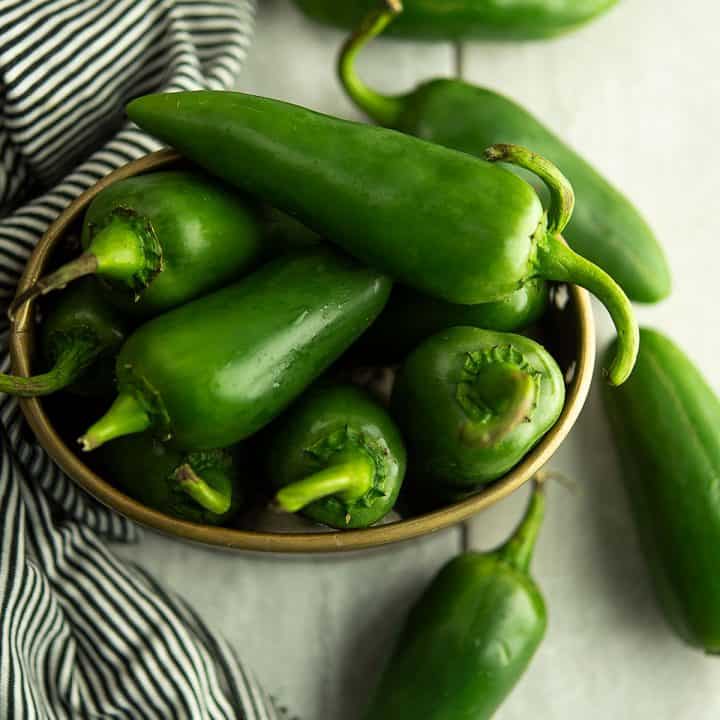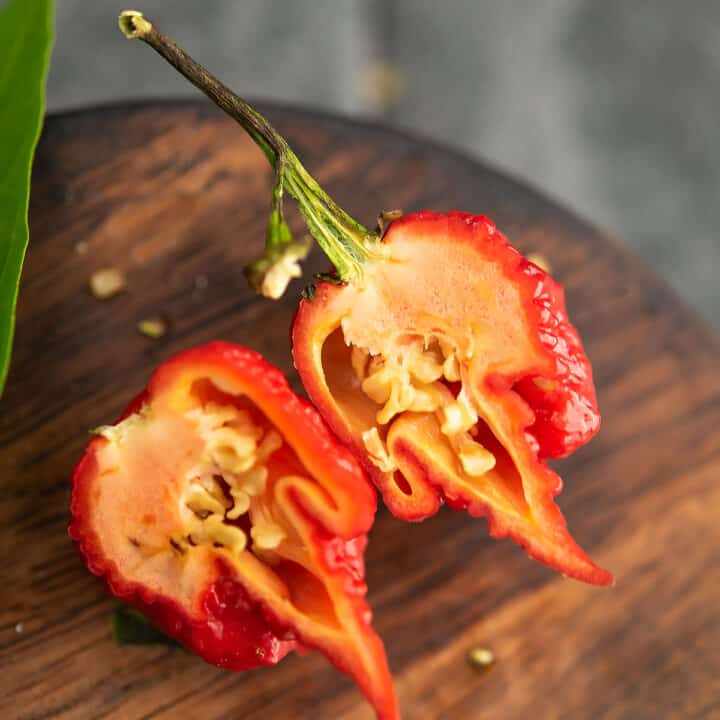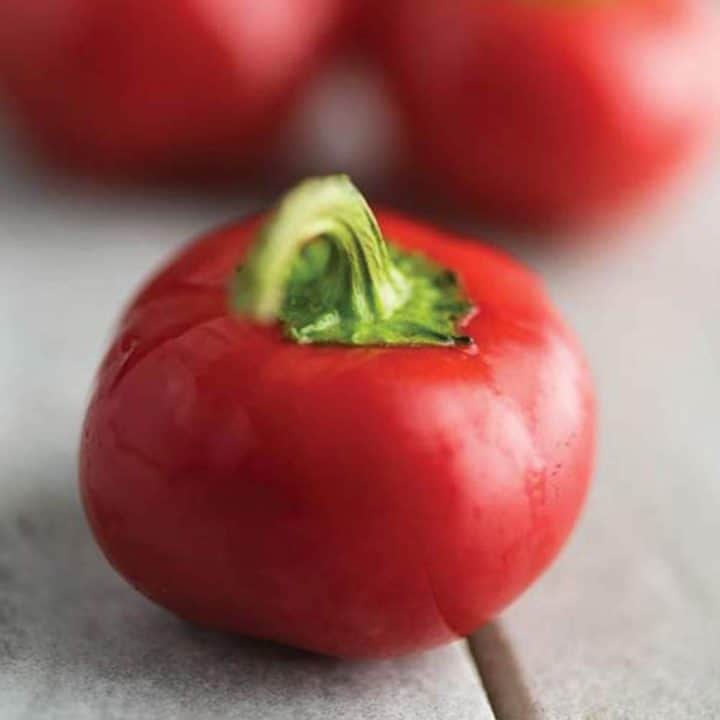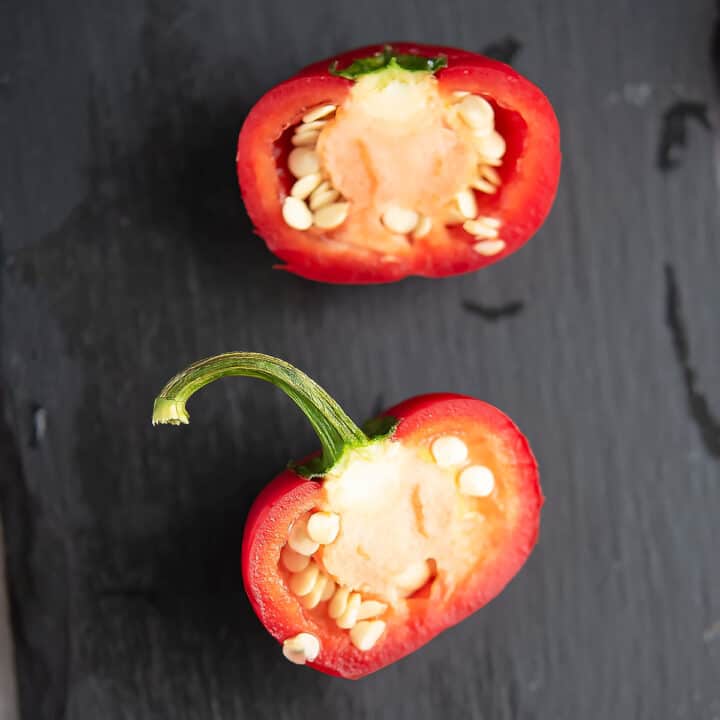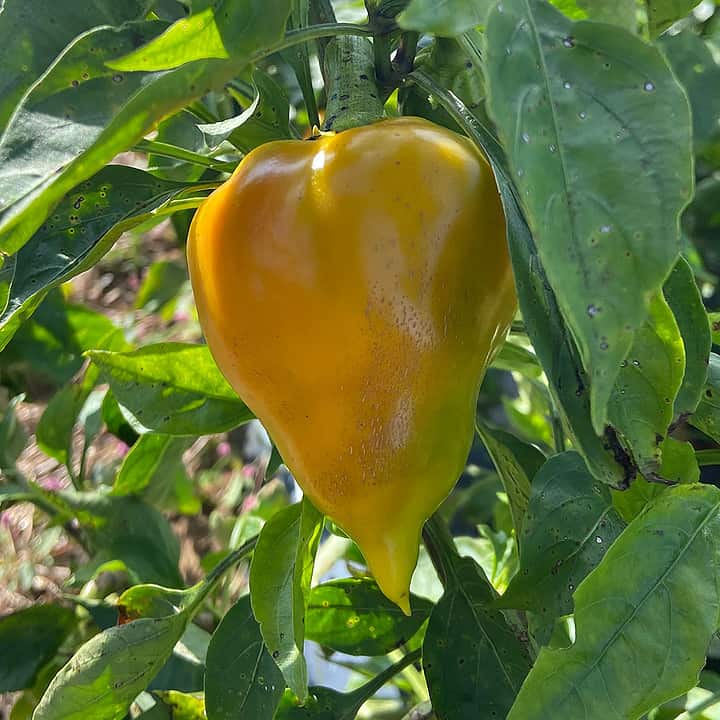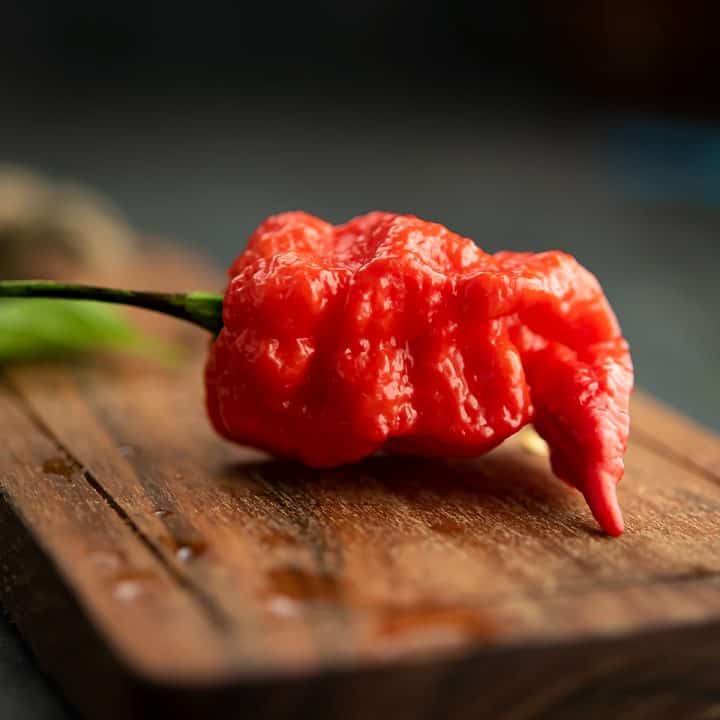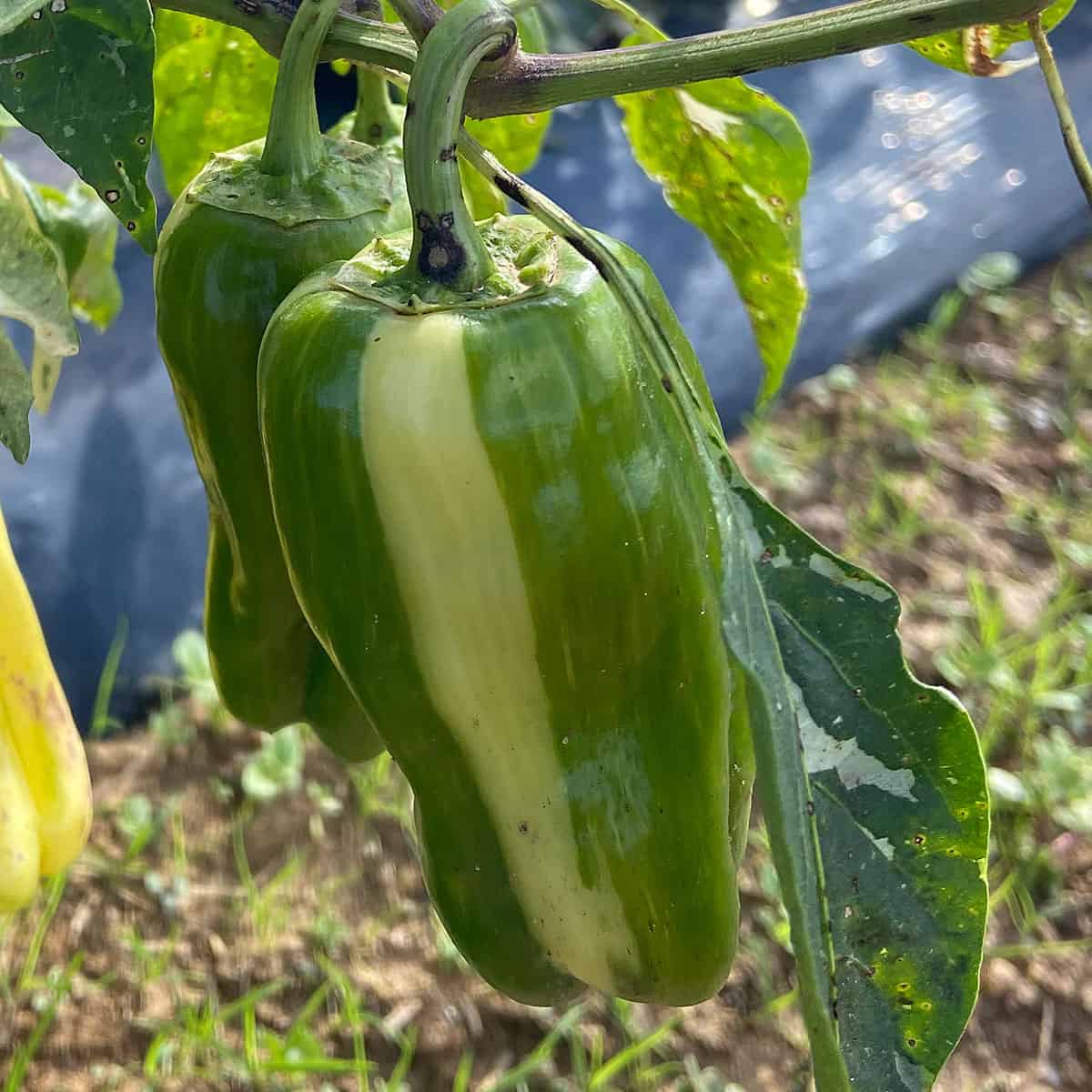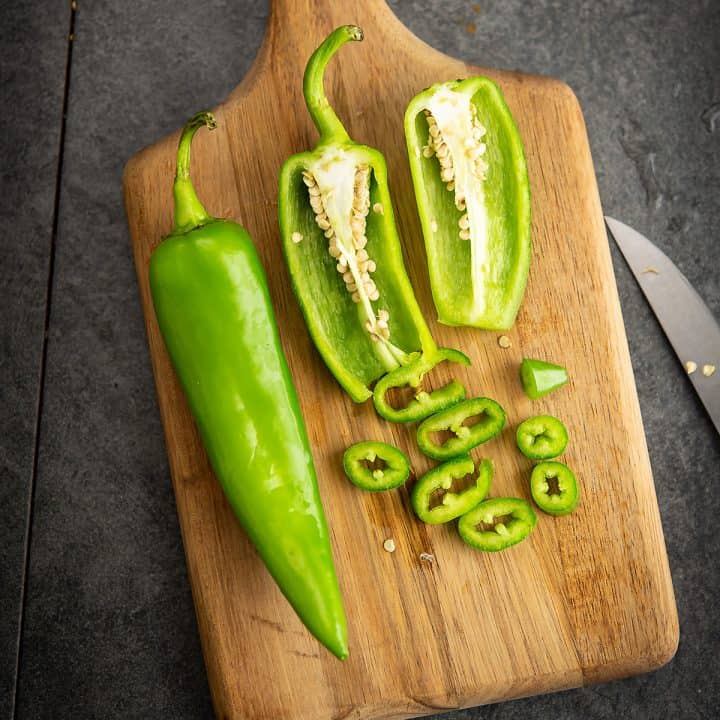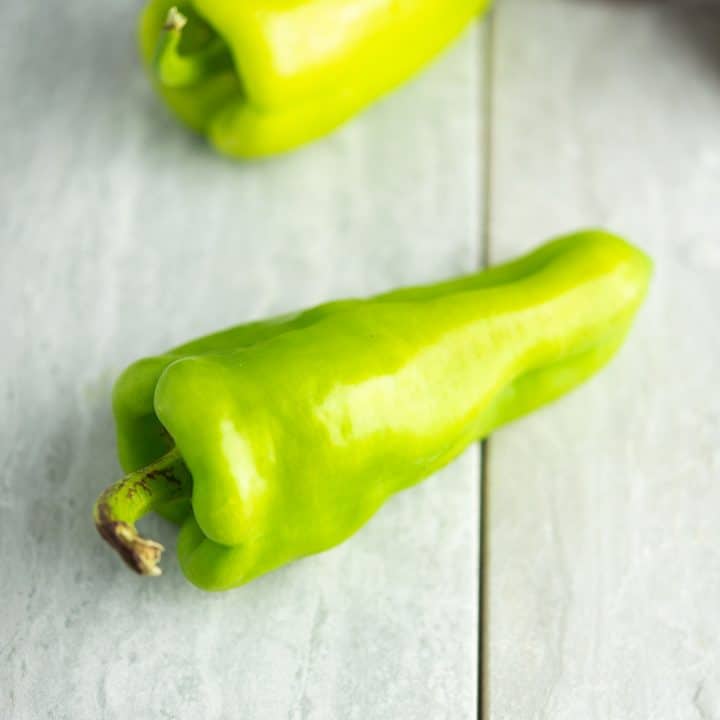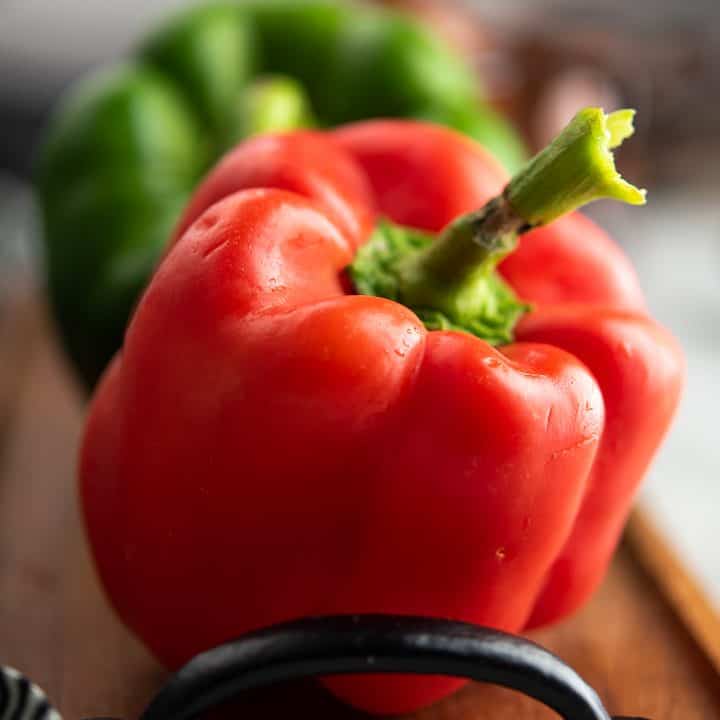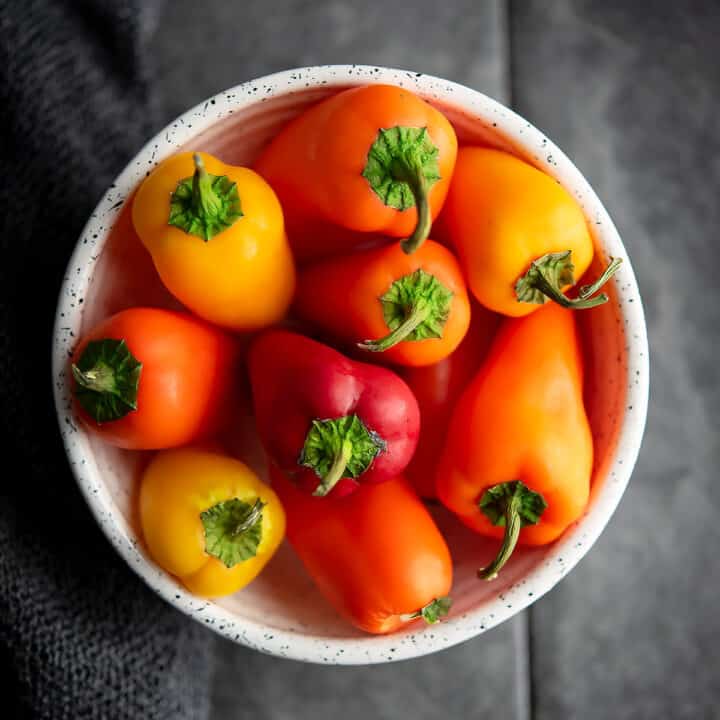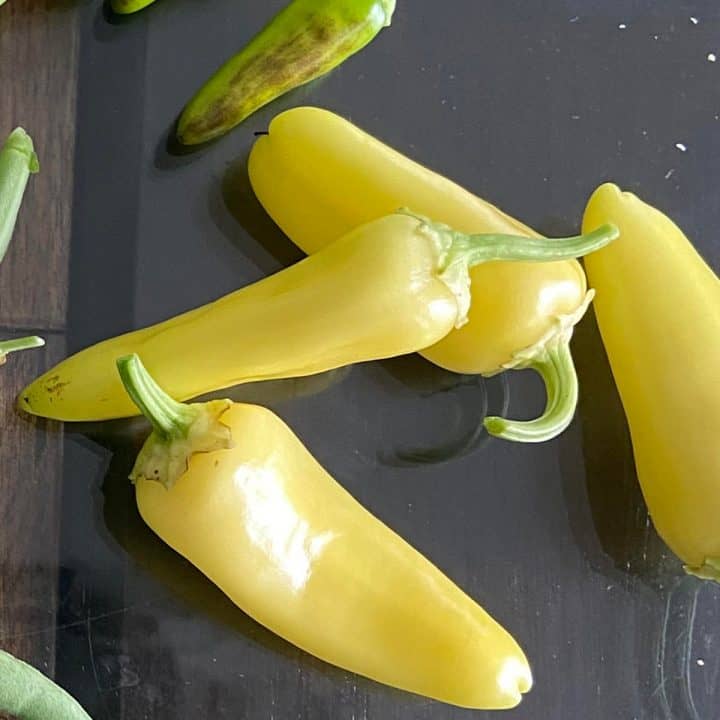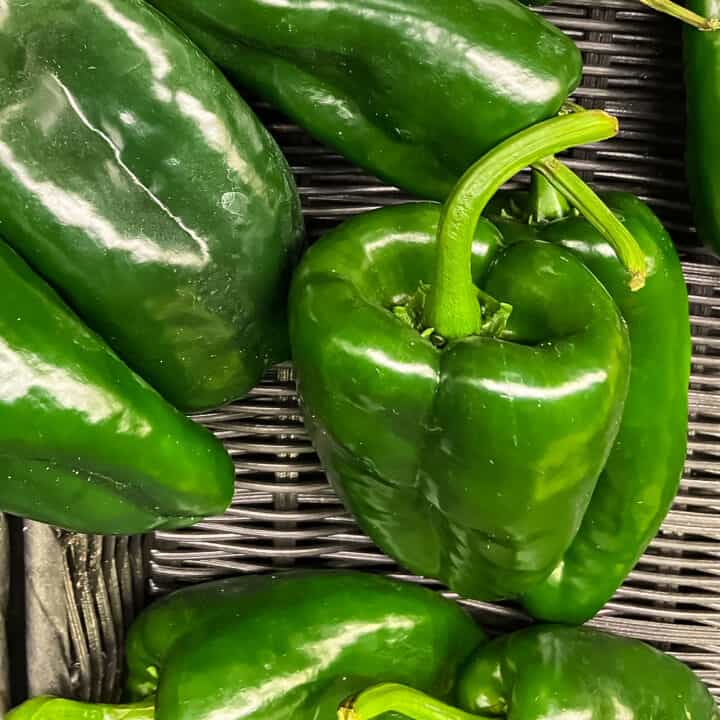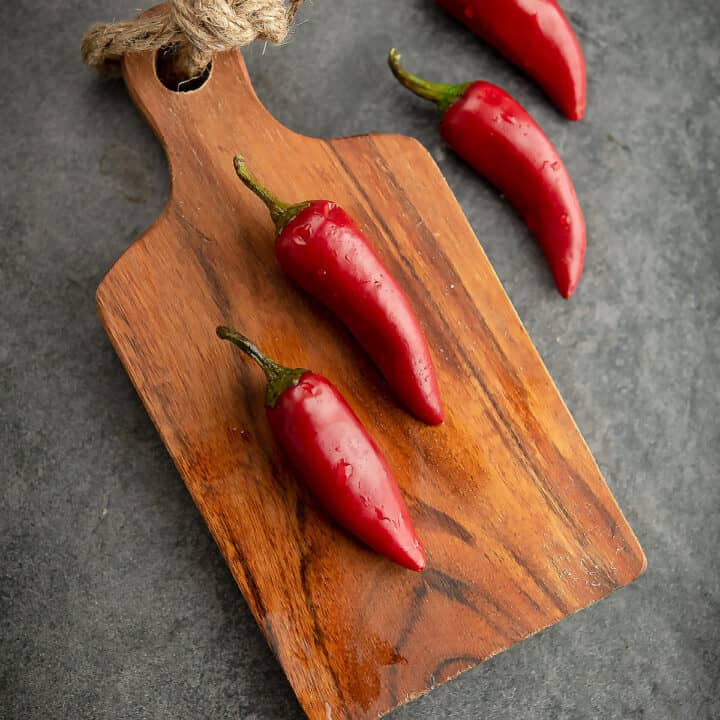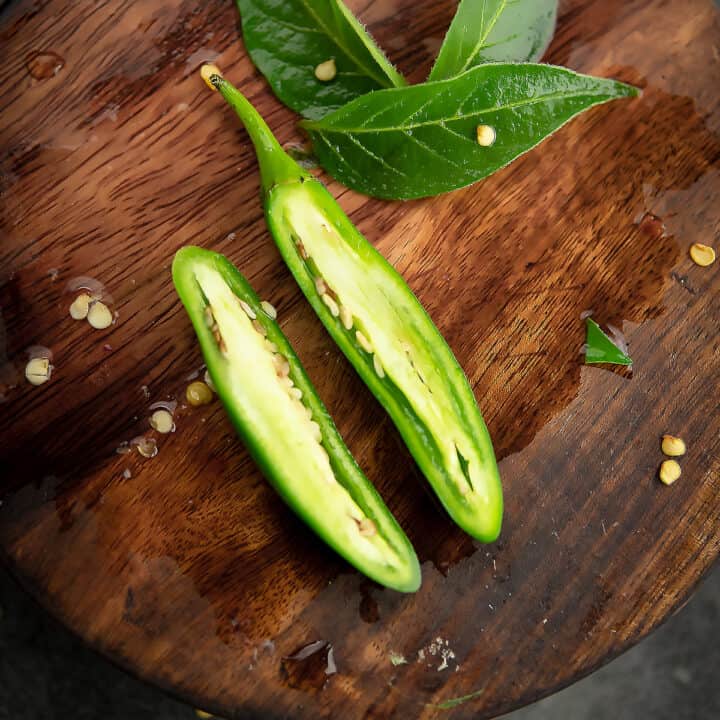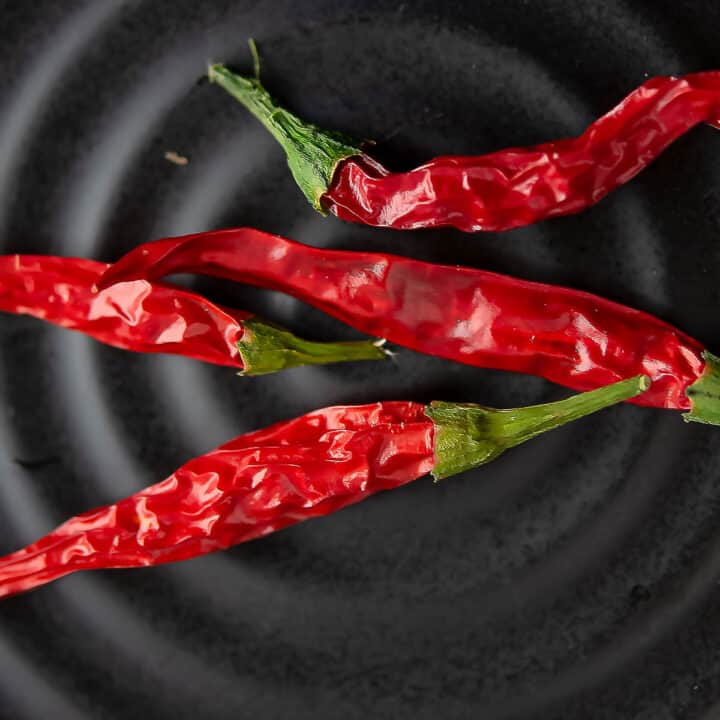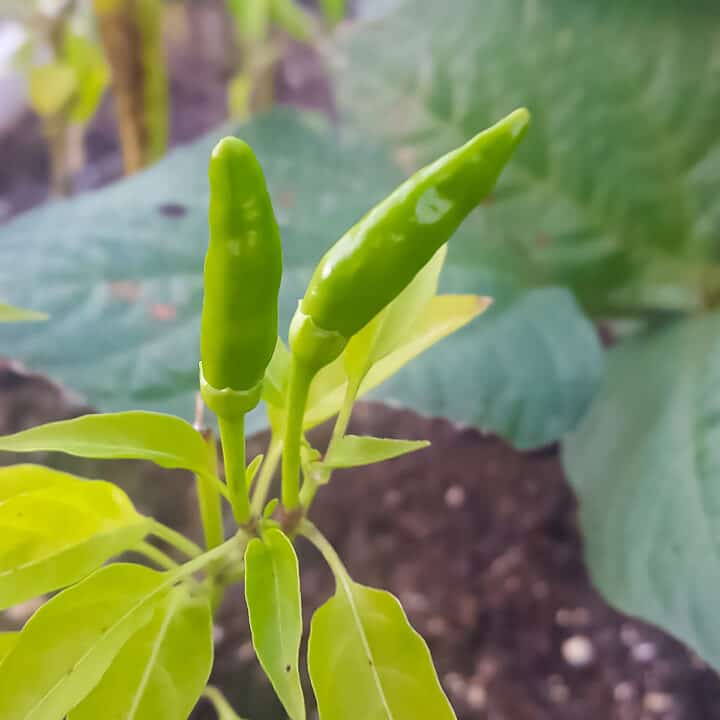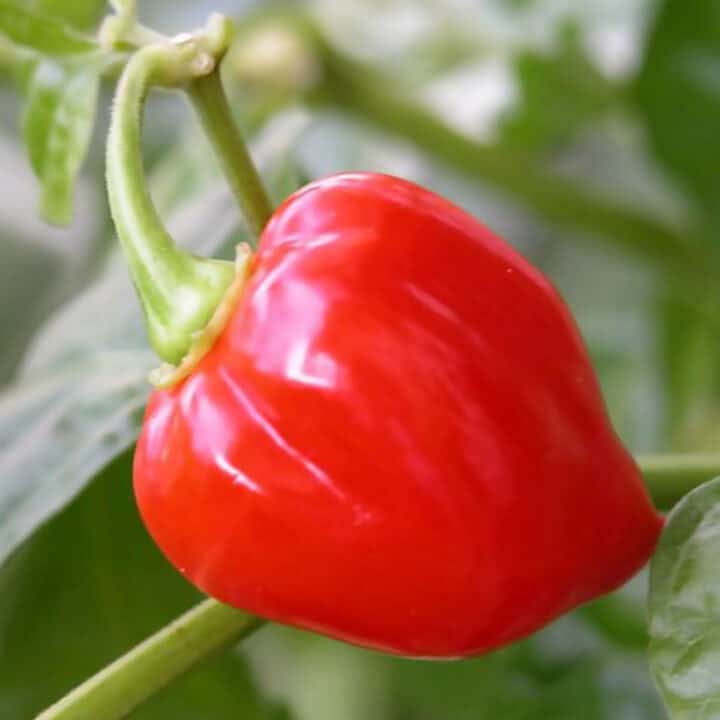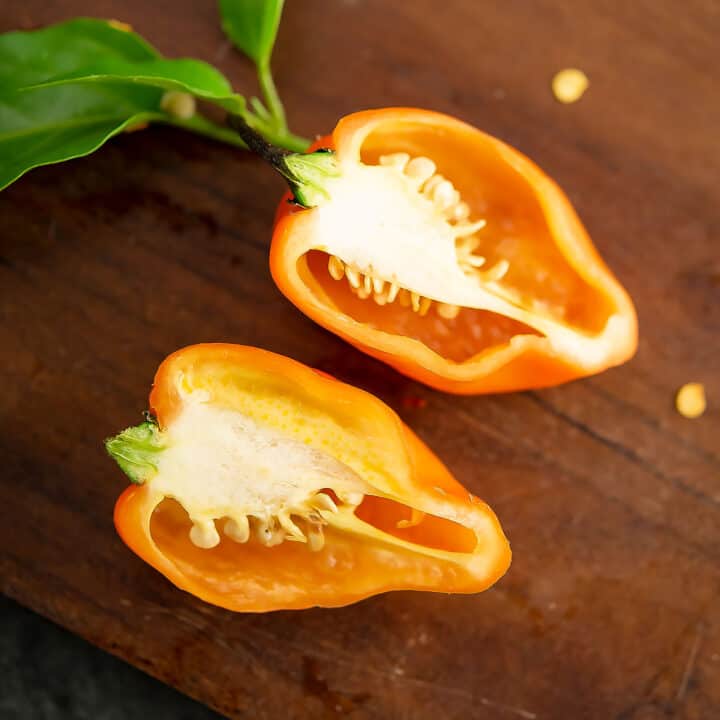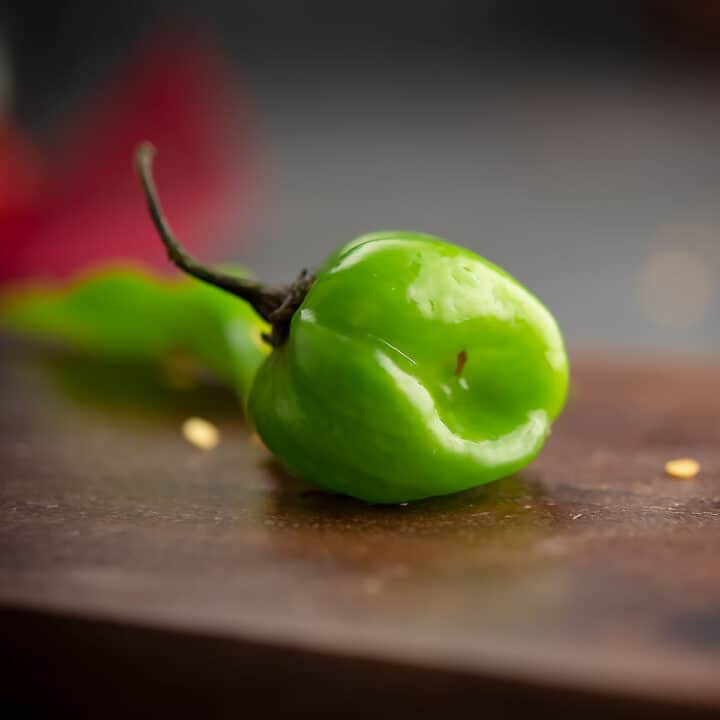Chili Peppers
Chili peppers have been essential ingredients in culinary worlds for thousands of years, adding heat and depth of flavor. These are found in different colors and shapes and with different heat profiles, from mild bell peppers to super hot ghost peppers or Carolina reapers.
I've been fascinated by the varied heat of chili peppers and started investing my time in reading, researching, tasting, and cooking with these fiery ingredients. This curation is where I share the knowledge that I've gained on this journey.
I have discussed the common chili peppers available in the market and used widely in the home and the food industry. In each of these posts, I have discussed their flavors, heat, shape, color, how to use them in cooking, and recipes to preserve them. Start exploring and find your favorite!!
-
Jalapeno Peppers
-
Carolina Reaper
-
Pimento pepper
-
Cherry pepper
-
Lesya Pepper
-
Ghost pepper
-
Candy cane peppers
-
Anaheim pepper
-
Cubanelle peppers
-
Bell pepper
-
Lunchbox peppers
-
Banana pepper
-
Poblano pepper
-
Fresno peppers
-
Serrano peppers
-
Cayenne pepper
-
Bird's eye pepper
-
Red Savina pepper
-
Habanero pepper
-
Scotch bonnet pepper


